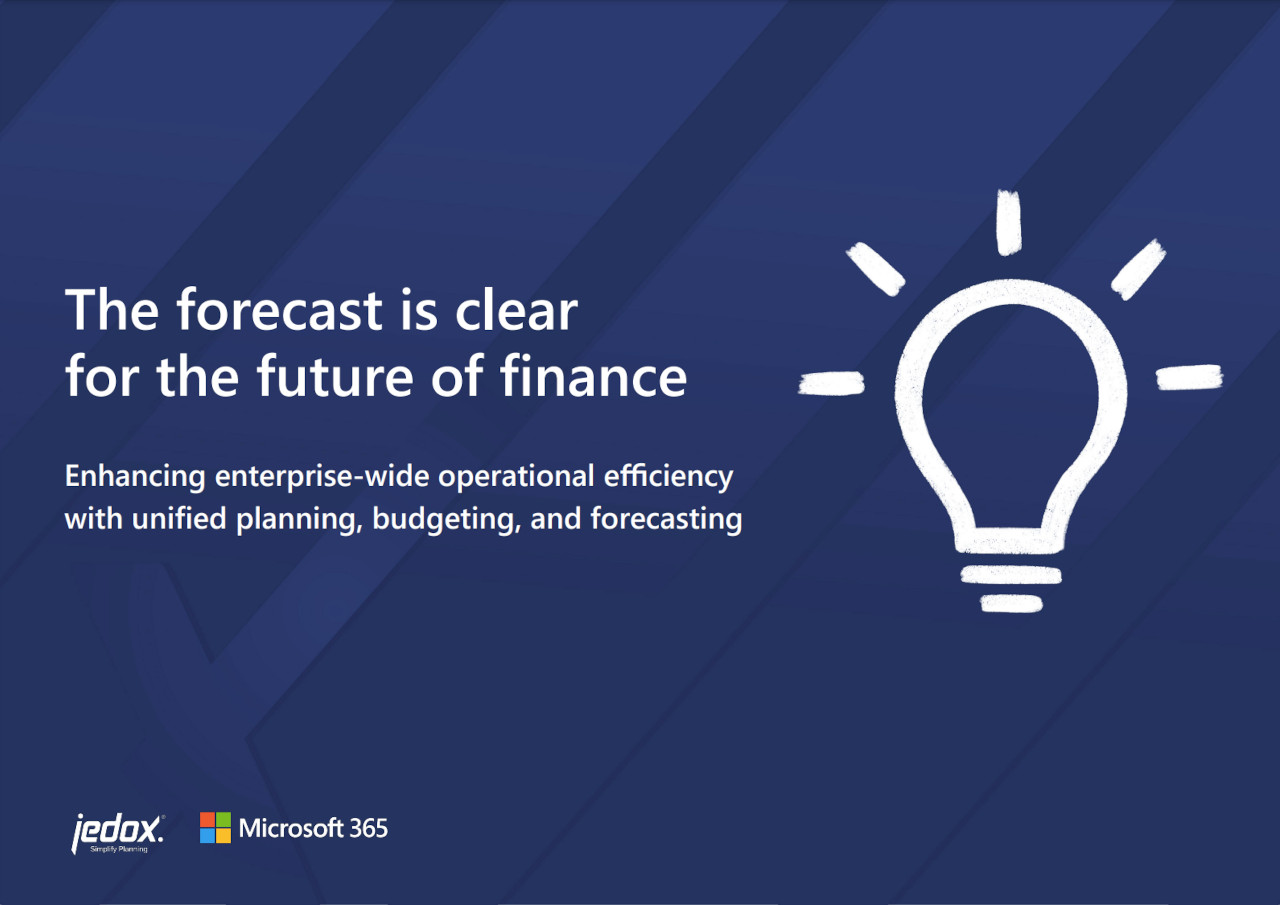Unifying your planning and reporting won’t reinvent the wheel — but it will make it run faster and steadier
For many years, Microsoft Excel has provided finance departments with the planning and budgeting tools they’ve needed to succeed — thanks to its flexibility, short learning curve, and formulas and macros for basic automation and analysis.
Even as today’s business technologies grow more complex and powerful, most organizations are still reliant on Excel for budgeting, planning, and forecasting. Excel is still firmly entrenched as a key contributor to financial data compilation and visibility — but other, more powerful business tools are emerging, and they must operate in alignment with Excel to help meet today’s expanding digital finance needs.
For all that Excel provides, it also has a number of limitations, especially for enterprise-scale organizations: lack of error control, scalability, automation, transparency, and collaborative potential.

